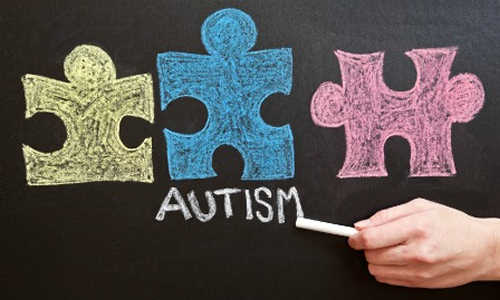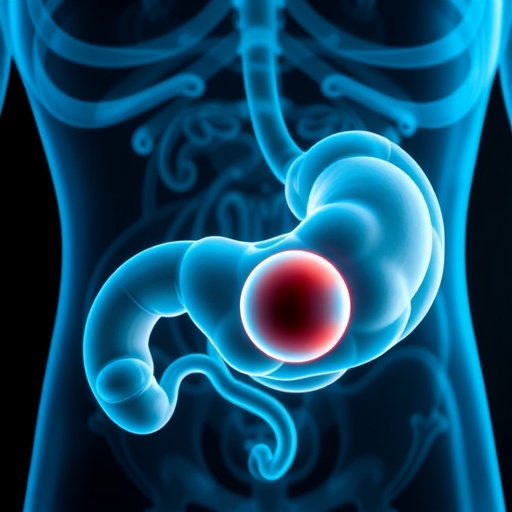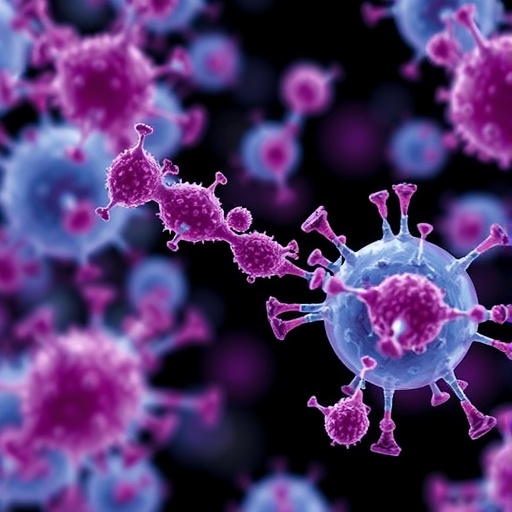Autism spectrum disorders (ASD) affect 1 to 2 percent of children in the United States. Hundreds of genetic and environmental factors have been shown to increase the risk of ASD. Researchers at UC San Diego School of Medicine previously reported that a drug used for almost a century to treat trypanosomiasis, or sleeping sickness, reversed environmental autism-like symptoms in mice.
Now, a new study published in this week’s online issue of Molecular Autism, suggests that a genetic form of autism-like symptoms in mice are also corrected with the drug, even when treatment was started in young adult mice.
The underlying mechanism, according to Robert K. Naviaux, MD, PhD, the new study’s principal investigator and professor of medicine at UC San Diego, is a phenomenon he calls the cellular danger response (CDR). When cells are exposed to danger in the form of a virus, infection, toxin, or even certain genetic mutations, they react defensively, shutting down ordinary activities and erecting barriers against the perceived threat. One consequence is that communication between cells is reduced, which the scientists say may interfere with brain development and function, leading to ASD.
Researchers treated a Fragile X genetic mouse model, one of the most commonly studied mouse models of ASD, with suramin, a drug long used for sleeping sickness. The approach, called antipurinergic therapy or APT, blocked the CDR signal, allowing cells to restore normal communication and reversing ASD symptoms.
“Our data show that the efficacy of APT cuts across disease models in ASD. Both the environmental and genetic mouse models responded with a complete, or near complete, reversal of ASD symptoms,” Naviaux said. “APT seems to be a common denominator in improving social behavior and brain synaptic abnormalities in these ASD models.”
Weekly treatment with suramin in the Fragile X genetic mouse model was started at nine weeks of age, roughly equivalent to 18 years in humans. Metabolite analysis identified 20 biochemical pathways associated with symptom improvements, 17 of which have been reported in human ASD. The findings of the six-month study also support the hypothesis that disturbances in purinergic signaling – a regulator of cellular functions, and mitochondria (prime regulators of the CDR) – play a significant role in ASD.
Naviaux noted that suramin is not a drug that can be used for more than a few months without a risk of toxicity in humans. However, he said it is the first of its kind in a new class of drugs that may not need to be given chronically to produce beneficial effects. New antipurinergic medicines, he said, might be given once or intermittently to unblock metabolism, restore more normal neural network function, improve resilience and permit improved development in response to conventional, interdisciplinary therapies and natural play.
“Correcting abnormalities in a mouse is a long way from a cure in humans,” cautioned Naviaux, who is also co-director of the Mitochondrial and Metabolic Disease Center at UC San Diego, “but our study adds momentum to discoveries at the crossroads of genetics, metabolism, innate immunity, and the environment for several childhood chronic disorders. These crossroads represent new leads in our efforts to understand the origins of autism and to develop treatments for children and adults with ASD.”
Story Source:
The above story is based on materials provided by University of California – San Diego.





